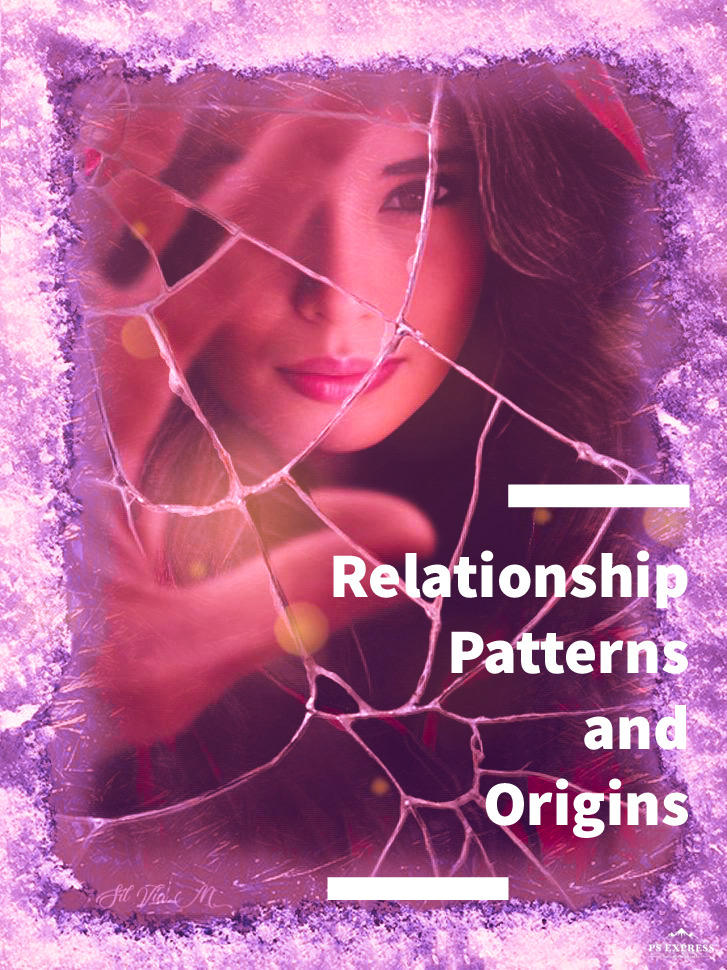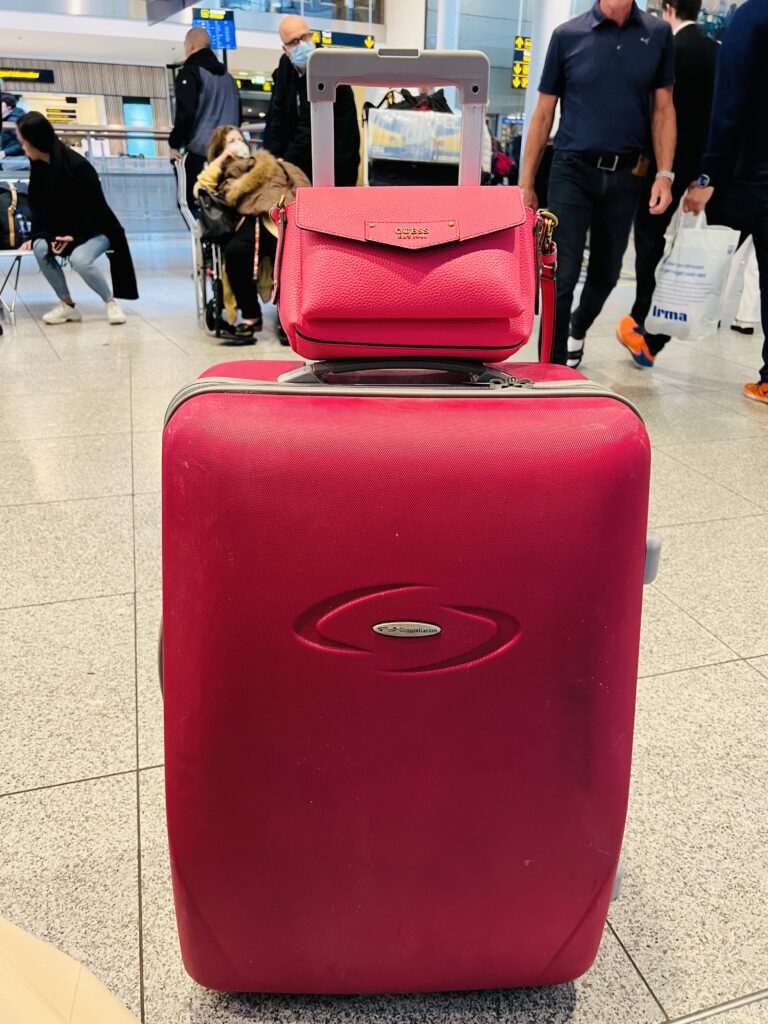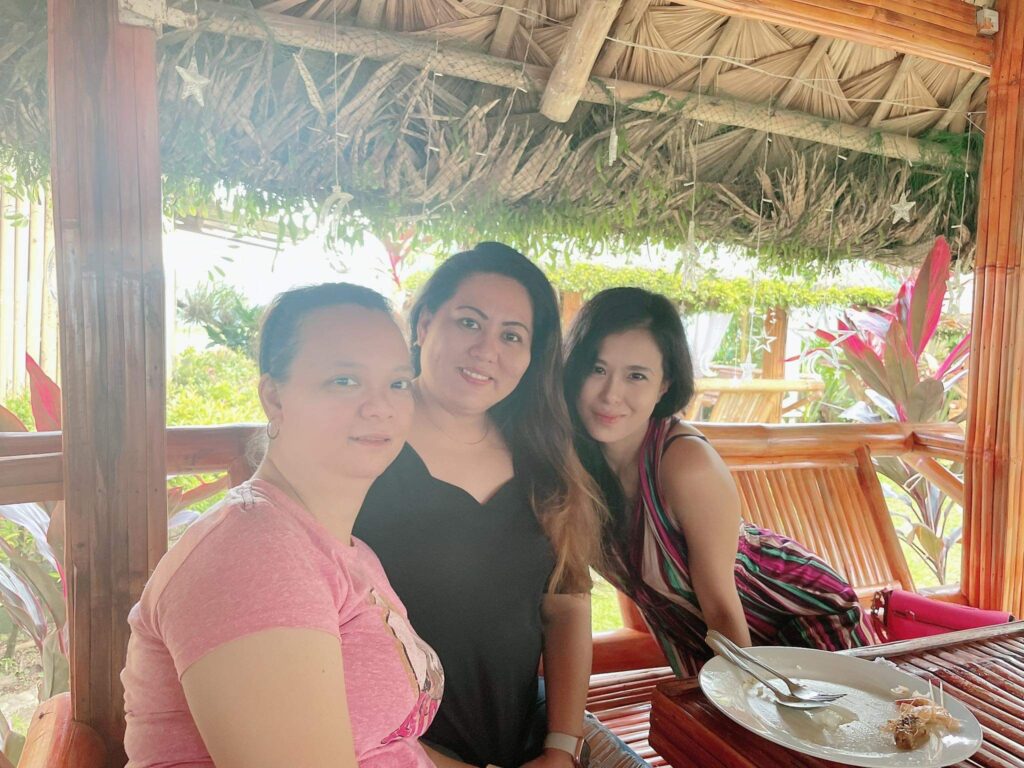Have you ever found yourself caught in a repetitive cycle, attracting the same type of person or experiencing the same relationship challenges? Perhaps you’ve felt the looming fear of abandonment, causing you to grapple with the decision of whether to keep your partner close or shield yourself from the vulnerability of deep emotions. Do you feel a pang of sadness and anxiety when your date doesn’t text you for a few hours? Are you with someone who seems hesitant to commit fully? If you find that your relationships follow a familiar pattern, you might be dealing with attachment styles. Let’s delve into these patterns and shed light on why we behave the way we do in the complex world of dating and relationships.

Understanding Attachment Styles:
Secure Attachment:
People with secure attachment styles feel comfortable with both intimacy and independence. They trust their partners and feel secure in the relationship.
Example: Sarah enjoys spending time with her partner, but she also values her alone time. She doesn’t worry when her partner is away and is confident in the strength of their connection.
Anxious-Preoccupied Attachment:
Individuals with this attachment style often fear abandonment and seek constant reassurance from their partners. They may become anxious if communication is inconsistent.
Example: Alex becomes deeply sad and anxious when their partner hasn’t texted for a few hours, fearing that something might be wrong or that they are losing interest.
Dismissive-Avoidant Attachment:
Those with dismissive-avoidant attachment may appear emotionally distant and find it challenging to fully commit to a relationship. They value independence and may feel uncomfortable with emotional vulnerability.
Example: Chris enjoys spending time with their partner but becomes uneasy when discussions about long-term commitment arise. They prefer to keep things casual.
Fearful-Avoidant Attachment:
Individuals with fearful-avoidant attachment styles may want close relationships but are fearful of getting hurt. They may struggle with the push and pull between desiring intimacy and fearing vulnerability.
Example: Taylor desires a deep connection but often pulls away when the relationship becomes too emotionally intense, fearing potential pain or rejection.
Understanding the Origin of Attachment Patterns:
Early Childhood Experiences:
Attachment patterns often stem from early interactions with caregivers. A secure bond during childhood contributes to a sense of safety and trust in relationships later in life.
Example: Rachel, with a secure attachment, had parents who consistently responded to her needs, fostering a sense of security and trust.
Inconsistent Caregiving:
In cases of inconsistent caregiving, where needs are sometimes met and other times ignored, individuals may develop anxious or avoidant attachment styles.
Example: Mark, with an anxious-preoccupied attachment, had caregivers who were inconsistently responsive, leading to a fear of abandonment.
Traumatic Experiences:
Traumatic experiences such as loss or abandonment can shape attachment patterns. Individuals may develop a fearful-avoidant style as a protective mechanism against potential emotional pain.
Example: Emily, with a fearful-avoidant attachment, experienced a significant loss early in life, leading to a fear of intimacy to avoid potential emotional hurt.
Real-Life Scenarios:
Person in a Relationship:
Alex, with an anxious-preoccupied attachment, often struggles with the fear of being abandoned. When their partner, Jordan, spends an evening with friends without checking in, Alex feels intense anxiety and seeks reassurance. Recognizing this pattern, Alex decides to communicate their feelings to Jordan, fostering a more secure connection through open dialogue.
Person Dating Someone:
Lisa, who has experienced dismissive-avoidant attachment tendencies, finds herself hesitating when her partner expresses a desire for a deeper commitment. Aware of her pattern to keep relationships casual, Lisa explores her feelings with her partner, Adam, allowing them to navigate the path toward a more committed future together.
Person in the Dating World:
Ryan, actively navigating the dating world, notices a recurring pattern of short-lived relationships. Reflecting on his dismissive-avoidant attachment style, he decides to be more open and vulnerable in the early stages of dating. This adjustment leads to more meaningful connections and a shift in the dynamics of his relationships.
Breaking the Pattern:
Recognizing your attachment style is the first step toward building healthier relationships. If you find yourself stuck in repetitive cycles, consider these steps:
Self-awareness:
Reflect on your reactions and behaviors in relationships. Identify patterns that may be contributing to recurring issues.
Example: Jake noticed that he tended to distance himself when relationships became too serious, realizing it was a pattern he wanted to change.
- Communication:
Openly discuss your needs and fears with your partner. Honest communication fosters understanding and can help break down barriers.
Example: Emma talked to her partner about her need for reassurance, allowing them to find ways to make each other feel more secure in the relationship.
Seeking support:
Consider therapy or counseling to explore and address attachment issues. A professional can provide guidance and tools to navigate challenges.
Example: Michael and Laura attended couples therapy to work through their attachment-related concerns and build a stronger foundation for their relationship.
Developing Secure Attachments:
Focus on building a secure attachment style by fostering trust, open communication, and emotional intimacy.
Example: Nicole consciously worked on being more vulnerable with her partner, creating a deeper connection and a more secure foundation for their relationship.
Embracing Change:
Understand that change takes time, and personal growth is a continuous journey. Be patient with yourself and your partner as you navigate through evolving dynamics.
Example: Jason and Maria acknowledged that breaking old patterns required effort and time. They celebrated small victories and supported each other in their journey toward a more secure relationship.
Conclusion:
Understanding attachment styles provides valuable insights into the dynamics of your relationships. By recognizing your patterns and taking proactive steps to address them, you can break free from the cycle of attracting the same experiences. Embracing a secure attachment style fosters healthier connections, leading to more fulfilling and lasting relationships. Remember, personal growth and relationship improvement are ongoing processes, and each step taken brings you closer to building the connections you truly desire. Explore the roots of your patterns, and let the journey of unraveling lead you to a more enriching and fulfilling love life.







